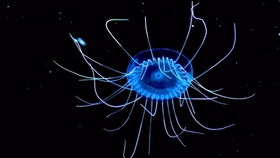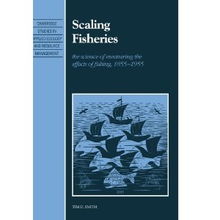Content:
Fishing is an ancient pastime that has been enjoyed by countless individuals across the globe. Whether you are a seasoned angler or a beginner looking to cast your line into the water, understanding how to place your fishing rod in the right water depth is crucial for a successful catch. In this article, we will delve into the intricacies of water depth and provide you with expert fishing techniques to help you improve your angling skills.
Understanding Water Depth
Water depth is a critical factor in fishing, as it determines the habitat where fish are likely to be found. Different species of fish prefer different depths, and knowing this can significantly increase your chances of catching a fish. Here's a brief overview of how water depth can impact your fishing experience:
Surface Waters: These are the topmost layers of water, where sunlight penetrates and oxygen levels are high. Many species, such as sunfish and bass, are often found in these areas during the day.

Mid-Water: This is the layer where light is less intense, and the water temperature is usually more stable. Many fish, including trout and walleye, can be found here.
Deep Waters: These are the lower layers of water, where sunlight does not reach. Fish such as catfish and some species of bass may inhabit these depths, especially during the heat of the day.
Choosing the Right Depth for Your Rod
Now that you understand the importance of water depth, let's discuss how to position your fishing rod accordingly:
Research the Species: Before you set out, research the species you are targeting. Understanding their preferred depths will help you determine where to place your rod.
Use a Depth Finder: If you have access to a depth finder, use it to your advantage. This device will provide you with real-time data on the water depth, allowing you to make informed decisions.
Adjust Your Line: Once you have identified the desired depth, adjust your line accordingly. If you are fishing from the shore, you may need to cast further or use a longer rod. If you are on a boat, you can simply lower your line into the water.
Consider Currents and Tides: Water currents and tides can significantly affect water depth. Be mindful of these factors, as they can push your bait or lure to different depths than you intended.
Fishing Techniques for Different Depths
Now that you know how to position your rod, let's look at some fishing techniques tailored to different water depths:
Surface Fishing: For surface fishing, use a light line and a lure or bait that mimics natural prey. Cast your line out and retrieve it at a slow pace, allowing your bait to sink just below the surface.
Mid-Water Fishing: For mid-water fishing, use a lure or bait that sinks to the desired depth. Vary your retrieve speed to attract fish that may be lurking in this layer.
Deep-Water Fishing: For deep-water fishing, use heavy tackle and a lure or bait that can withstand the pressure. Drop your line to the desired depth and maintain a steady retrieve, as fish in deep waters may be less active.
Additional Tips for Successful Fishing
Weather Conditions: Pay attention to weather conditions, as they can affect fish behavior. Overcast days and cooler temperatures often result in more active fish.
Seasonal Changes: Fish behavior can change with the seasons. Adjust your techniques accordingly to match the fish's seasonal patterns.
Patience and Persistence: Fishing is a patient sport. Be prepared to wait for the perfect bite, and don't get discouraged if you don't catch anything right away.
In conclusion, mastering the art of placing your fishing rod in the right water depth is a skill that will serve you well in your angling endeavors. By understanding the preferences of the fish you are targeting, using the right equipment, and employing the appropriate techniques, you can increase your chances of a successful catch. So, get out there, explore different depths, and enjoy the tranquility and thrill of fishing. Happy fishing!












